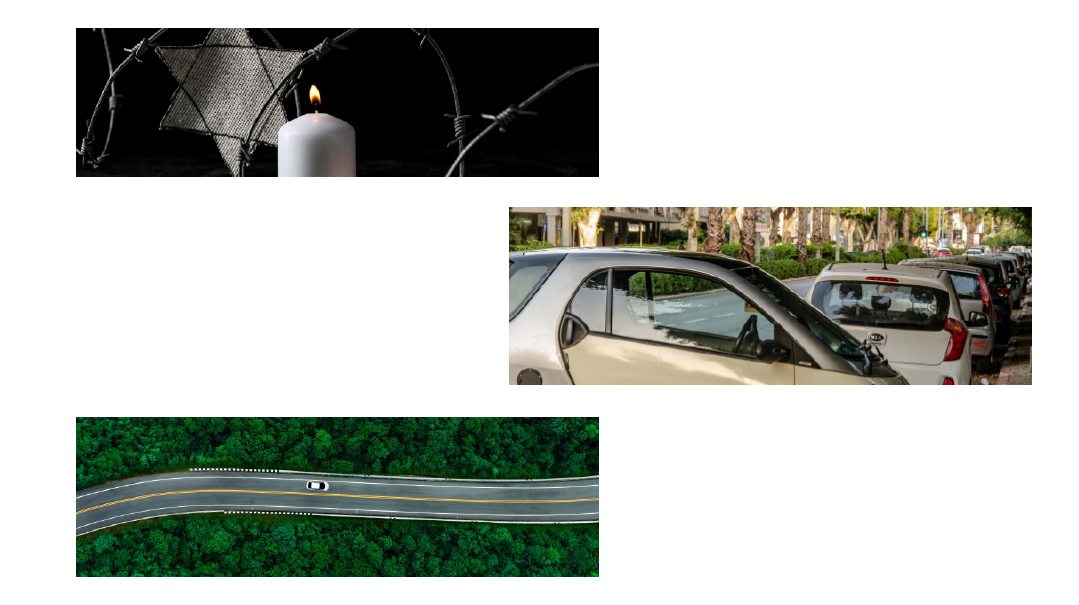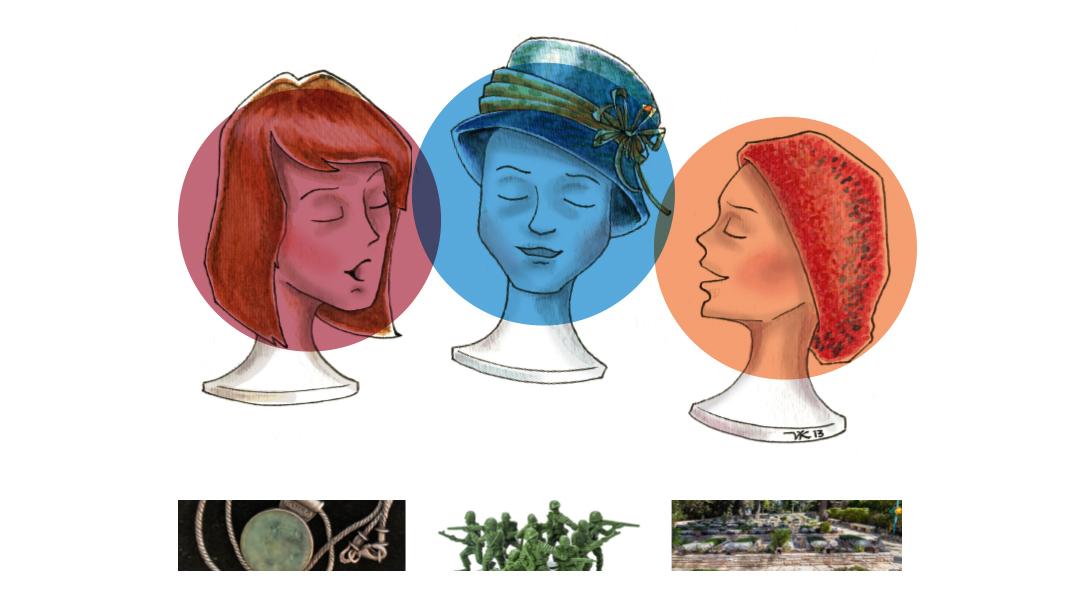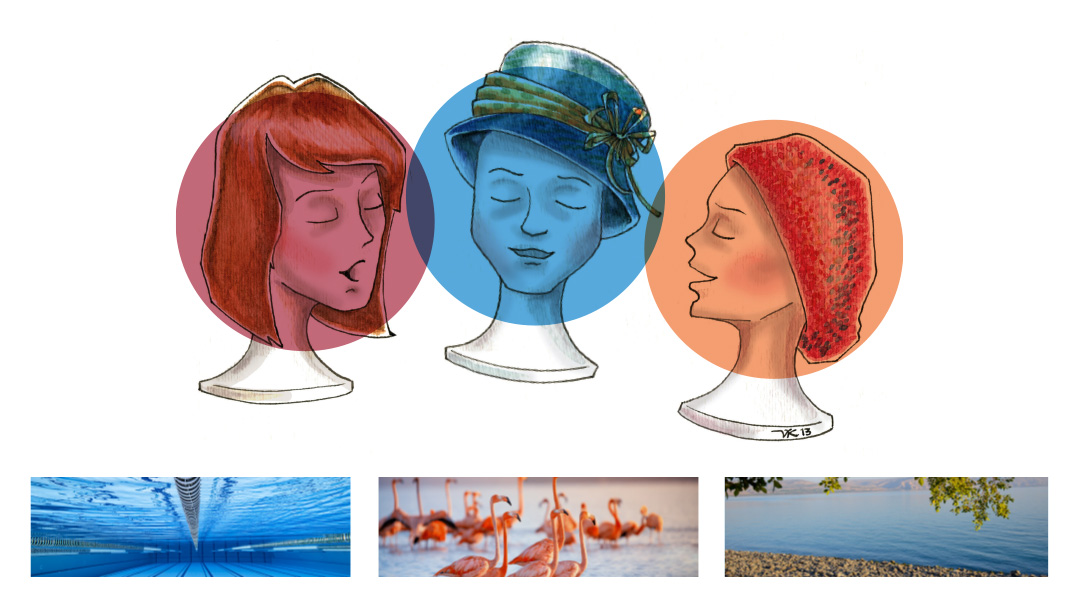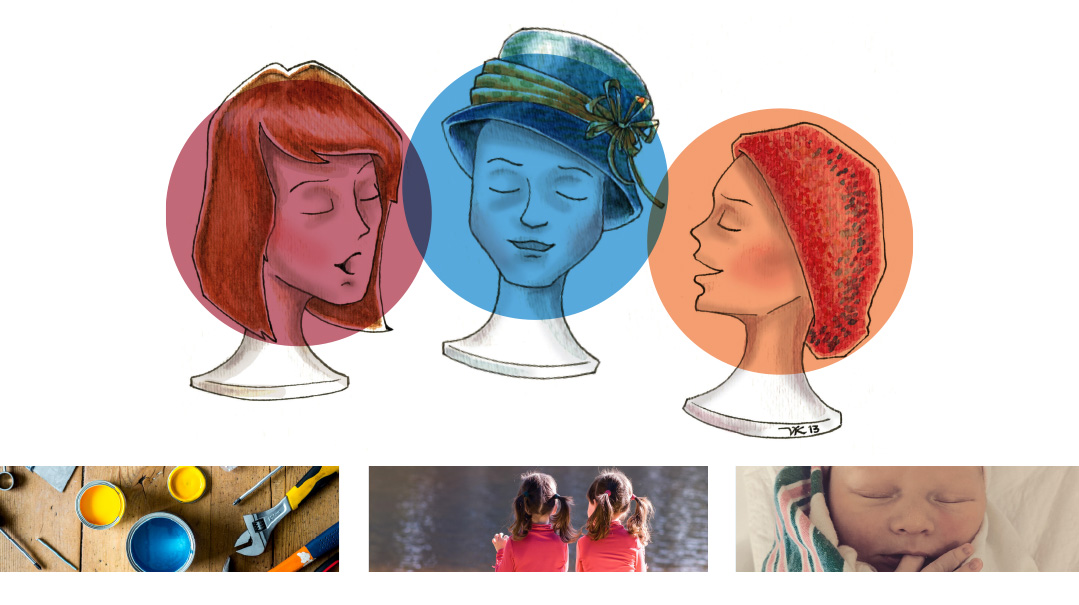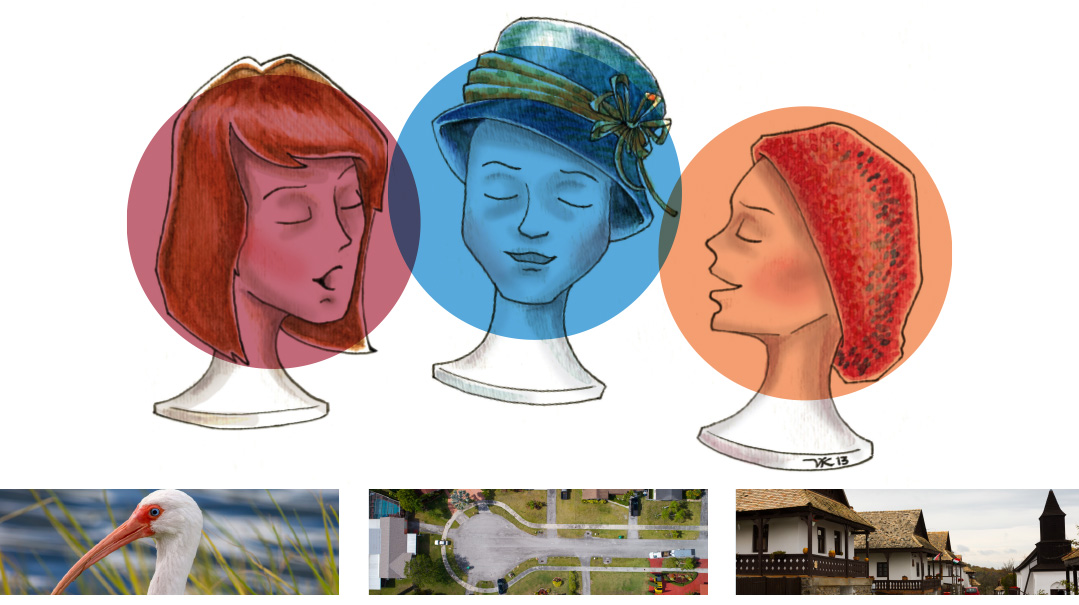Flying without a Plane
| April 30, 2024Come travel with the Sisters… you won’t even have to take off your shoes at the airport!
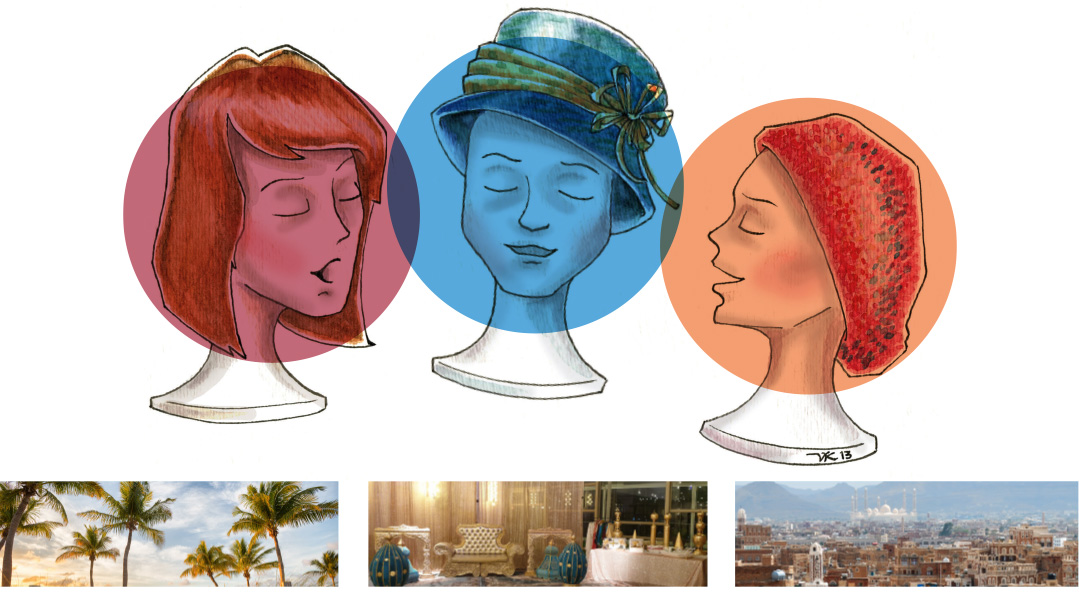
Yearning to visit exotic, faraway places? Not easy these days, with skyrocketing air fares and horror stories about flight delays, missed connections, and lost luggage.
And even if you can face schlepping your bags through long security lines — how about your own security? More and more countries, many with ancient Jewish roots, are off-limits to anyone wearing a yarmulke or a Magen David necklace.
The Schmoozing Sisters have a solution. All you have to do is… schmooze! Jews have lived in so many corners of the world, in fascinating places with fascinating histories. Talk to people who grew up in neighborhood streets that looked, sounded, and smelled so different from our own. Recreate customs from faraway places. Taste foreign cuisine by sharing meals and recipes.
You don’t have to fight for an aisle seat to travel: Leave your passport at home, and just be a Jew open to the stories and ways of other Jews. Travel with the Sisters and help embroider a Tunisian trousseau quilt; enjoy a spicy Teimani pancake; and meet a special Ashkenazi guest as you dance at a Moroccan henna.
Come travel with the Sisters… you won’t even have to take off your shoes at the airport!
Miriam travels...
From Brooklyn to Yemen via Har Nof
With scruffy and murderous thugs flinging missiles and western countries shooting them back, Yemen isn’t high on my “can’t miss” travel list. The travel advisory issued by the US government — Do not travel to Yemen due to the dangerous security situation and the threat of armed conflict, kidnapping, and terrorism — makes it even less tempting.
And yet... Yemen! The land that hosted Jews from the time of Bar Kochva, and perhaps even earlier. The land to which Rambam sent his famous Iggeres Teiman, when a false messiah threatened the G-d-fearing Jews there. The land of young boys with long, curly peyot, sitting around a table with one sefer among them. The land of the Magic Carpet, which brought entire communities of Teimanim to Eretz Yisrael.
This was the land that my husband a”h and I lived in for two years.
Kind of.
Oops! We could not locate your form.


